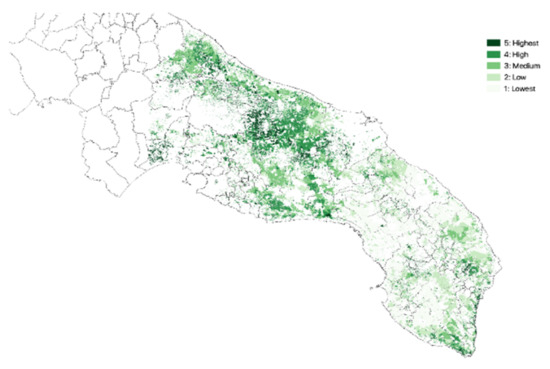
The Regulatory Landscape and Zoning Laws: How Alaska’s Unique Environment Shapes Policy
An Exploration of the Real Estate Industry’s Perspective
Alaska, known for its breathtaking landscapes, diverse wildlife, and vast open spaces, offers a unique environment that poses distinct challenges and opportunities in the realm of real estate. To navigate this pristine but challenging terrain, real estate professionals must understand the intricate regulatory landscape and zoning laws that govern the Last Frontier. In this blog post, we will delve into the Alaska real estate scene, exploring the regulatory factors that shape it and offering insights into how these policies impact the industry.
Alaska’s Distinctive Real Estate Market
Alaska’s real estate market is unlike any other in the United States. The vastness of the state, coupled with its remote locations and extreme climate, has created a distinctive market that demands specialized knowledge and an adaptive approach. Understanding the unique attributes of this market is essential for anyone involved in Alaskan real estate.
1. Zoning Laws and Land Use Regulations
Alaska’s zoning laws and land use regulations are, in many ways, shaped by its unique geography and environment. These laws dictate how land can be used and developed, impacting everything from residential construction to commercial ventures. In urban areas like Anchorage, zoning laws may resemble those found in other states, but in rural and remote regions, they can be vastly different.
Remote Areas: In Alaska’s remote regions, where infrastructure is limited and natural resources are abundant, zoning laws often prioritize resource conservation and traditional land uses. This can present both challenges and opportunities for real estate developers looking to tap into Alaska’s wealth of natural resources.
Environmental Considerations: Alaska’s pristine environment is a top priority for policymakers. Zoning laws in sensitive areas, such as those near national parks and wildlife reserves, are designed to protect the state’s natural beauty. Real estate projects in these areas must adhere to stringent environmental regulations.
2. Impact on Residential Real Estate
For those seeking to buy or sell residential properties in Alaska, the regulatory landscape can have a significant impact on the choices available and the overall cost of housing.
Land Availability: Zoning laws often dictate the minimum lot size and density requirements. In rural areas, this can result in larger properties and more space between homes. In urban centers, it may lead to higher-density housing options.
Climate-Resilient Design: Alaska’s harsh winters necessitate special considerations in home construction. Building codes are designed to ensure homes are well-insulated and energy-efficient, which can impact construction costs.
3. Commercial Real Estate Opportunities
Alaska’s unique environment also creates opportunities and challenges in the commercial real estate sector.
Tourism and Hospitality: Alaska’s stunning natural beauty attracts millions of tourists each year. This has created a thriving market for hotels, lodges, and vacation rentals. However, zoning laws in tourist-heavy areas can be complex, as they aim to balance economic development with environmental preservation.
Resource Development: Alaska’s vast resources, including oil, gas, and minerals, drive demand for industrial real estate. Companies looking to operate in Alaska must navigate complex regulatory frameworks designed to protect the environment while allowing for resource extraction.
4. The Role of Native Corporations
Alaska’s unique real estate landscape is also influenced by the presence of Native corporations. These entities, formed under the Alaska Native Claims Settlement Act (ANCSA) of 1971, hold significant land and economic interests in the state. Their role in land development and leasing can impact the real estate market, especially in rural areas.
Conclusion
In Alaska’s ever-evolving real estate market, understanding the regulatory landscape and zoning laws is paramount. The state’s unique environment, including its remote locations, pristine wilderness, and climate challenges, necessitates a specialized approach. Whether you’re a residential homebuyer, commercial developer, or investor, it’s crucial to work with professionals who possess deep knowledge of Alaska’s real estate policies and can navigate the complexities of this distinctive market.
Alaska’s real estate industry is a testament to the intricate interplay between human development and natural preservation. As the state continues to evolve and adapt, real estate professionals will play a vital role in shaping its future while preserving the breathtaking landscapes that make Alaska truly unique.

